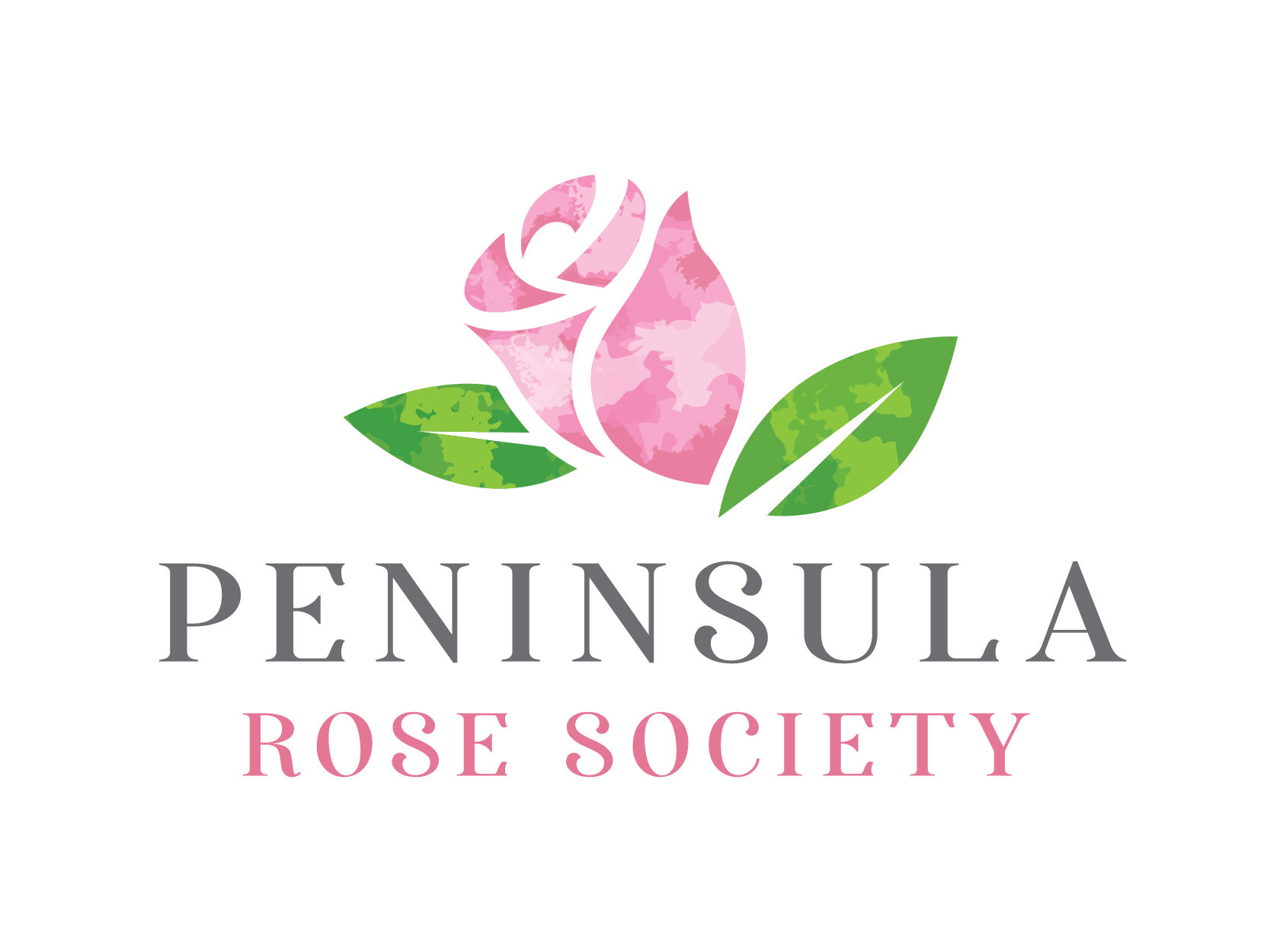By Patti Spezaferro
“She never dressed down for her gardens.”
She might be wearing a tweed suit and Ferragamo pumps,
and if it were muddy, she kicked off the shoes
on coming back into the house.
– E.B. White
 The above quotation is from the famous author of the beloved children’s book, Charlotte’s Web, speaking lovingly of his wife of forty-seven years and editor of the New Yorker Katherine S. White. They were a magical couple. Although Katherine always dressed to the nines even in her garden where E.B. looked disheveled at the best of times, their love of gardening and the English language united them in a love rarely seen. Katherine’s passion for gardening birthed a gardening column in 1958 under the heading “Onward and Upwards in the Garden”. It was a collection of essays that combined garden facts, history, seed catalog, and garden book reviews. Her writings later became a book and is now available on Amazon.
The above quotation is from the famous author of the beloved children’s book, Charlotte’s Web, speaking lovingly of his wife of forty-seven years and editor of the New Yorker Katherine S. White. They were a magical couple. Although Katherine always dressed to the nines even in her garden where E.B. looked disheveled at the best of times, their love of gardening and the English language united them in a love rarely seen. Katherine’s passion for gardening birthed a gardening column in 1958 under the heading “Onward and Upwards in the Garden”. It was a collection of essays that combined garden facts, history, seed catalog, and garden book reviews. Her writings later became a book and is now available on Amazon.
Katherine’s garden must have been filled with herbaceous planting, not roses since many gardeners’ hands and arms after a pruning session will leave you wondering which lost more flesh, the rose, or the gardener! Unlike Katherine, Gertrude Jekyll, the celebrated English woman who opened up a whole world of gardening for Victorian England, would go out in her garden with a pair of army boots and an apron fitted with great pockets for her tools. I am much like Gertrude armed in my wellies, hat, glasses, long sleeves shirts, and pants with my beloved Felco pruners attached to my hip like a western cowgirl. When spraying pesticides, I add a mask to my regular clothing attire because pesticides that enter the body through the skin are more dangerous than inhalation and ingestion.
In October when temperatures start to cool down, I reduce my watering schedule. If I have roses that produce hips, I stop deadheading and let the rose rest for the rest of the year. Leaving rose hips on in the fall will slow growth and encourage the plant to go into dormancy. These small, berry-sized, reddish seed balls left on the tips of the stems are actually very ornamental, looking like small crabapples and are a beautiful addition to floral arrangements. Rose hips are edible, and many birds enjoy them too. If you want to just leave them on the cane, birds love rose hips and it will encourage them to stay in your garden during the winter and it will mean they will be there in spring to help you battle aphids and the like. Rose hips are a great food source of Vitamin C. If you are wondering how you may enjoy your rose hips, the American Rose Society has an excellent article on Stop and Eat the Roses.
And finally, I invite you to keep in touch by attending our PRS Weekly Zoom Social Chat hour every Thursday at 2 pm to watch members tour their rose garden, build community, and learn something new. Every third Thursday, Jerry Georgette will give a talk on Italian gardens. Look for reminder emails for Zoom call info. If you missed August’s Monthly Membership meeting which featured Diana and Steve Steps’ talk on The History of the Peace Rose, you can watch the meeting recording (emailed to the members).
Our September Monthly Membership meeting featured ARS Master Consulting Rosarian, Laura Dickinson, from Kansas City who spoke on Soil and Water for Roses. We broke our record attendance score with this helpful talk and again if you missed her lecture, click here for an expanded version on YouTube.
The Peninsula Rose Society is working hard to brighten your day. I encourage you to join our Zoom monthly meetings and Thursday weekly social chats. I can assure you it will leave you delighted, your mind refreshed, your spirits lifted and your heart filled with thankfulness in having found a strong and welcoming community to share your love of roses.
Until then, put on your best gardening attire, and don’t forget to smell the roses.
